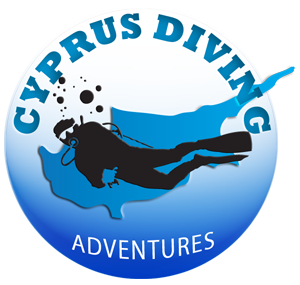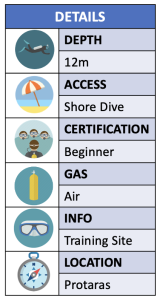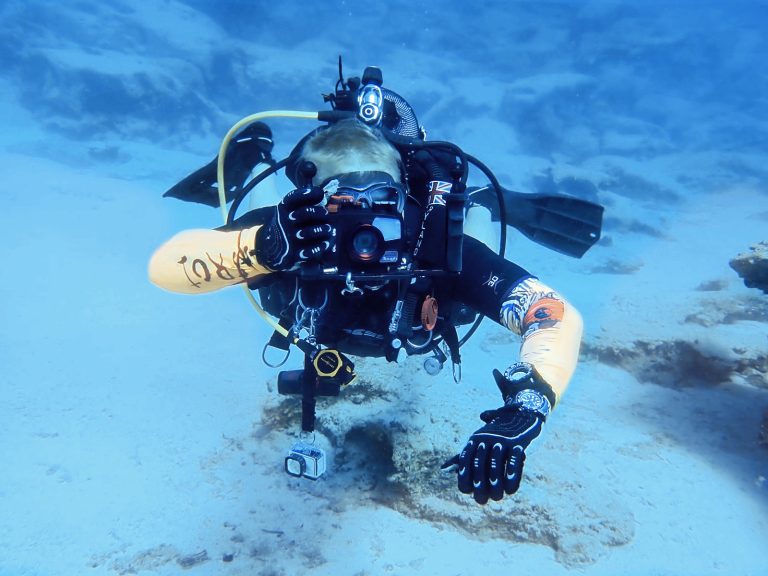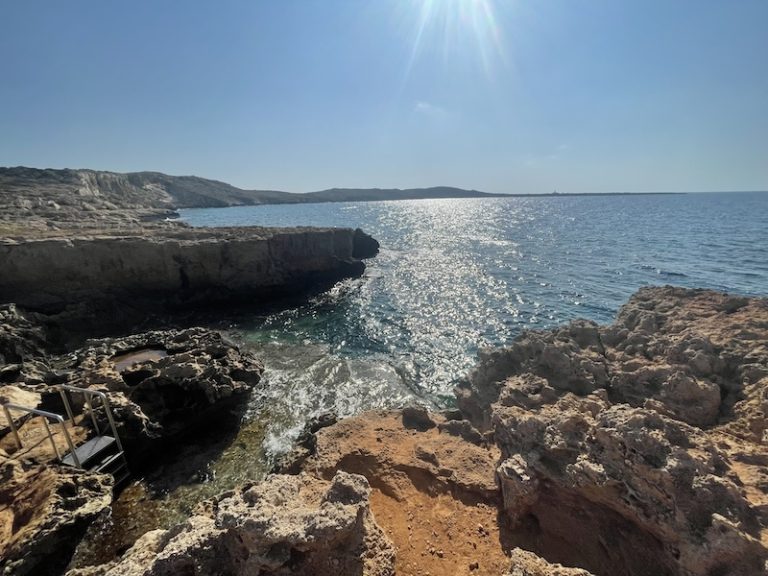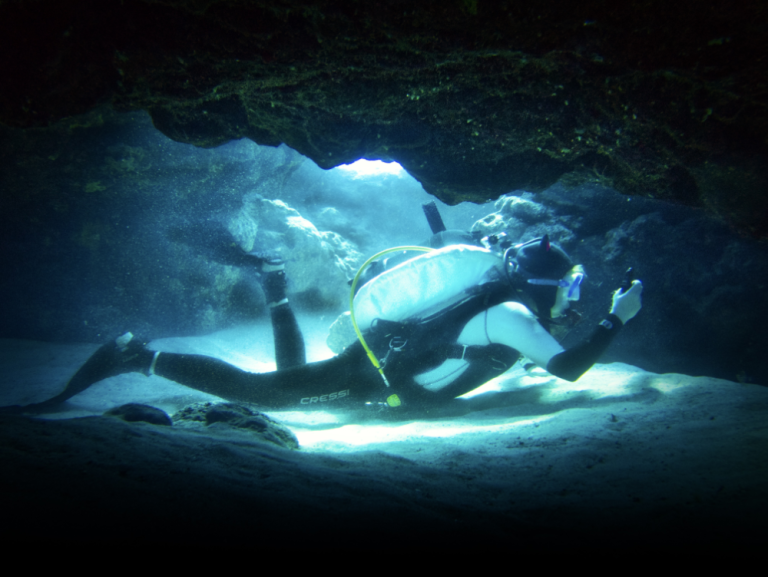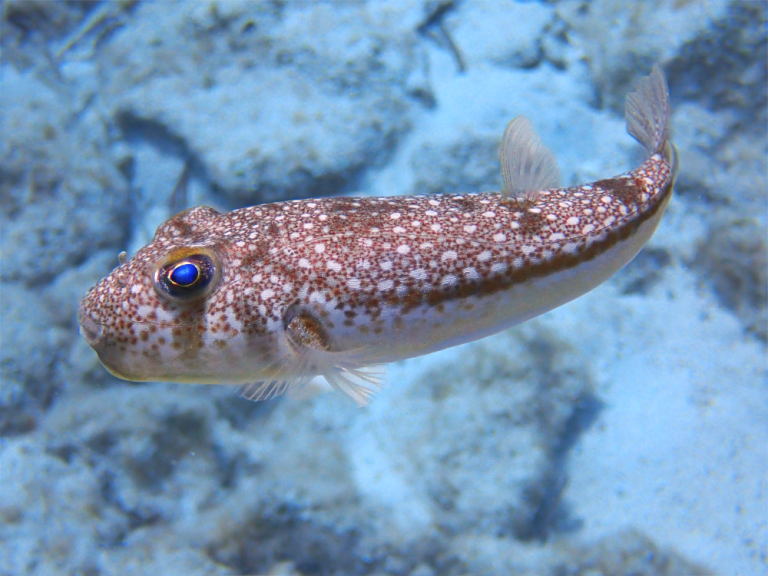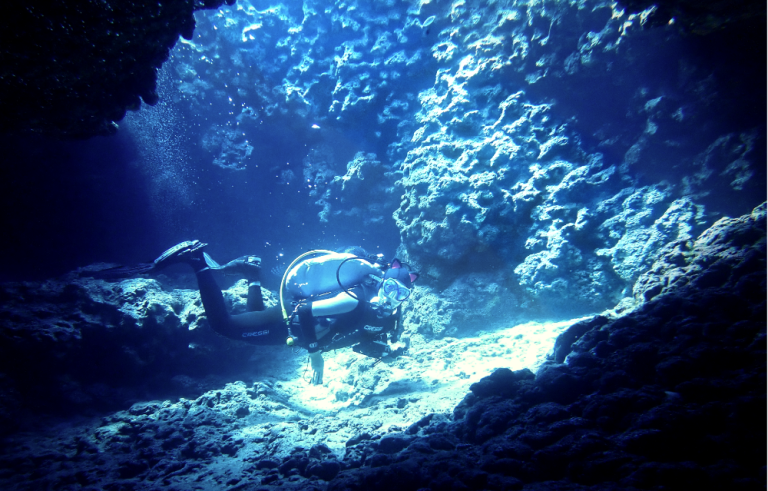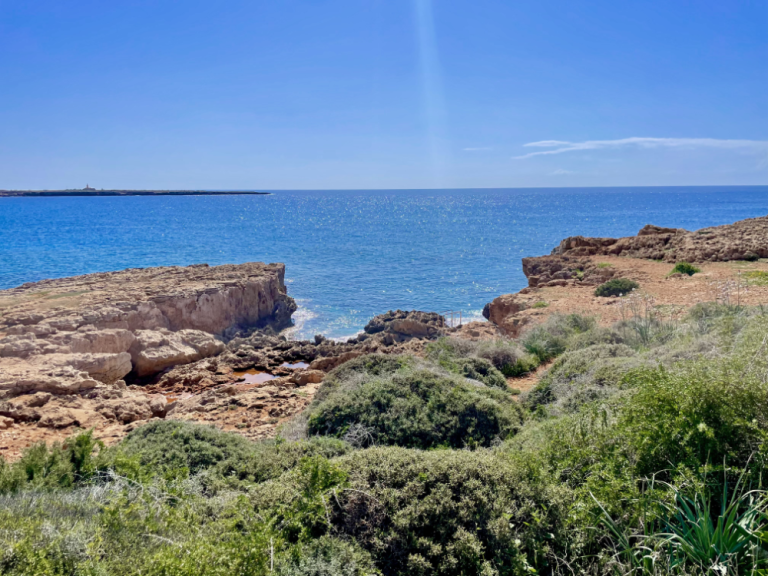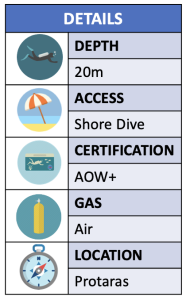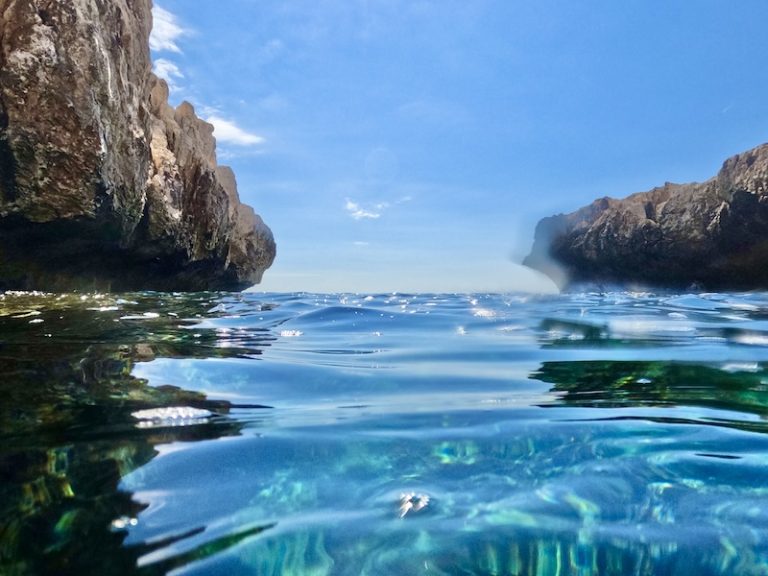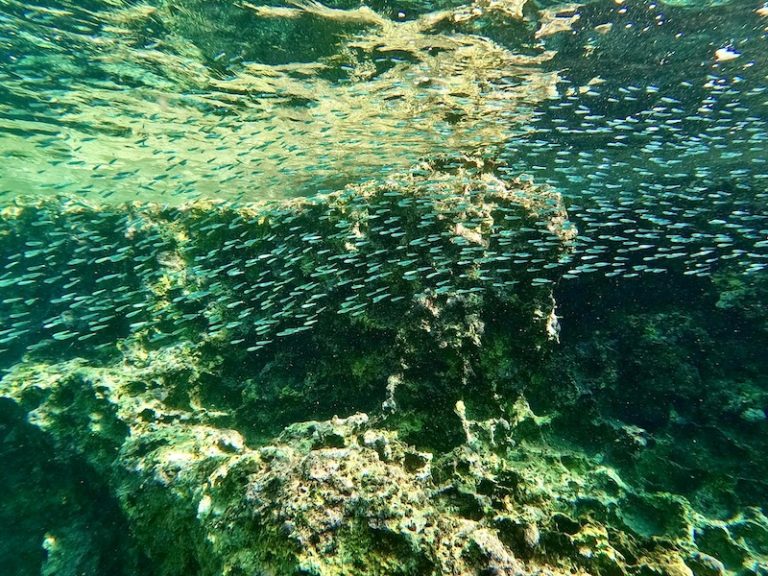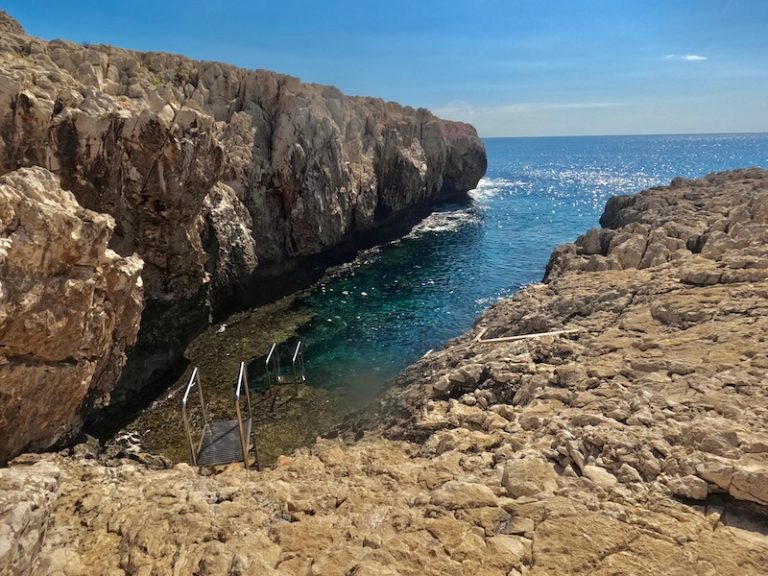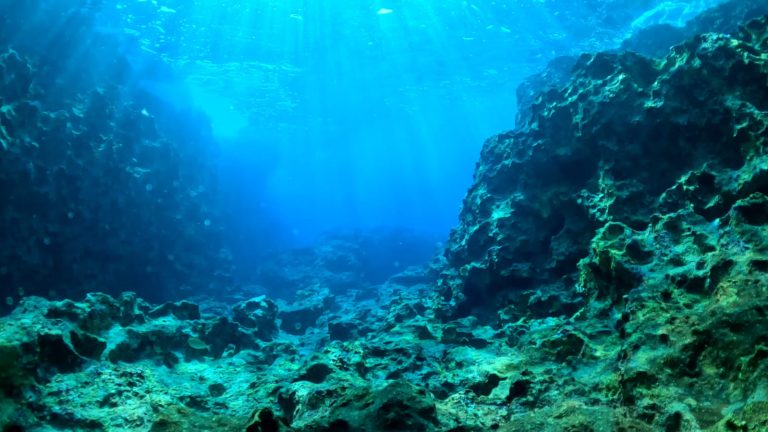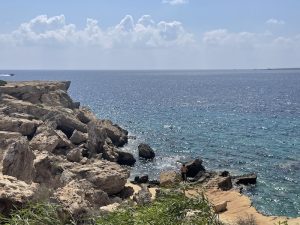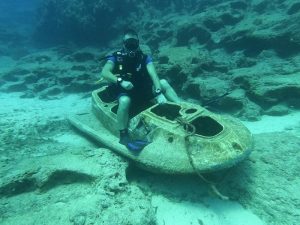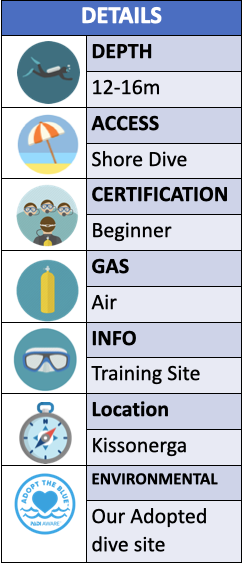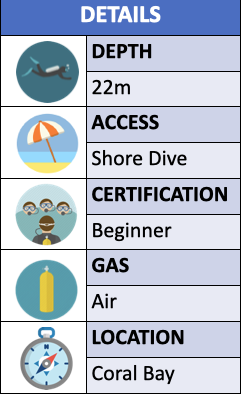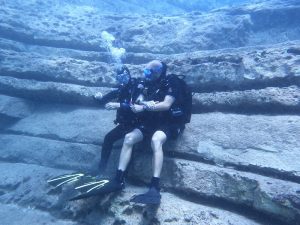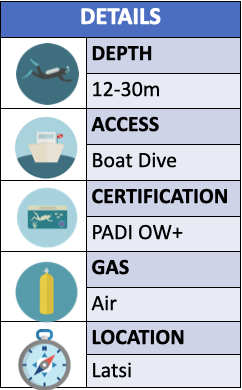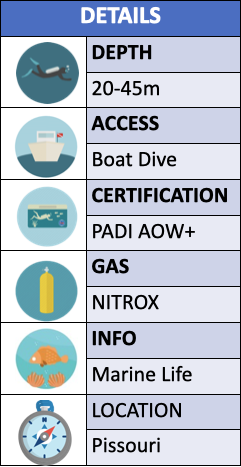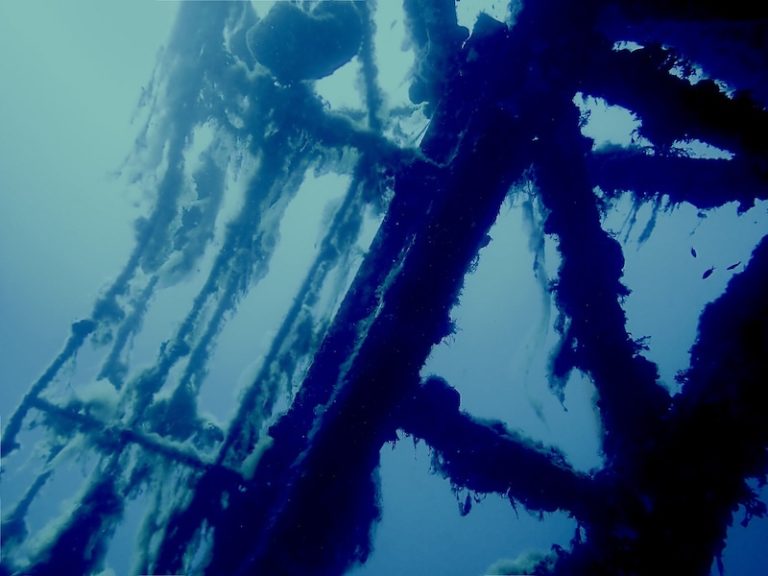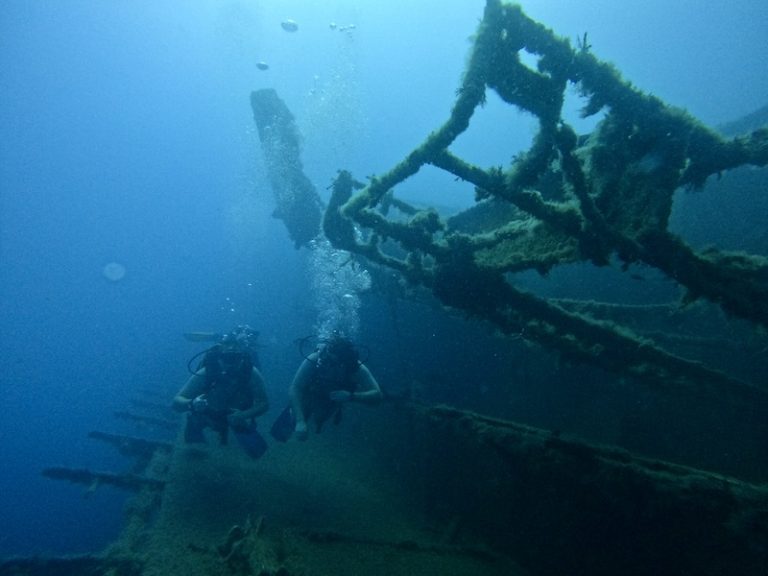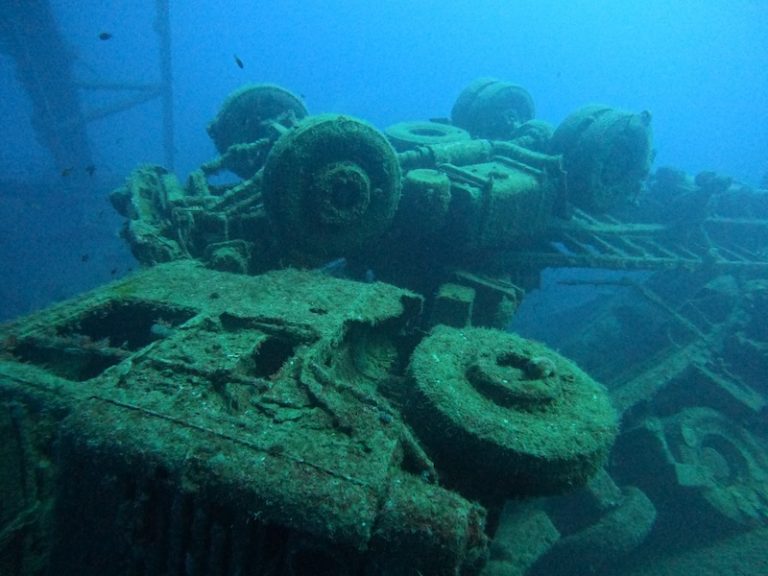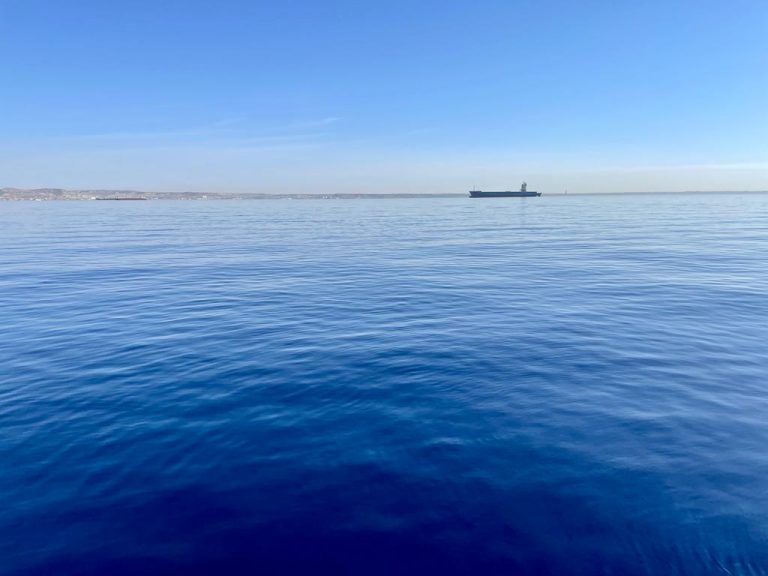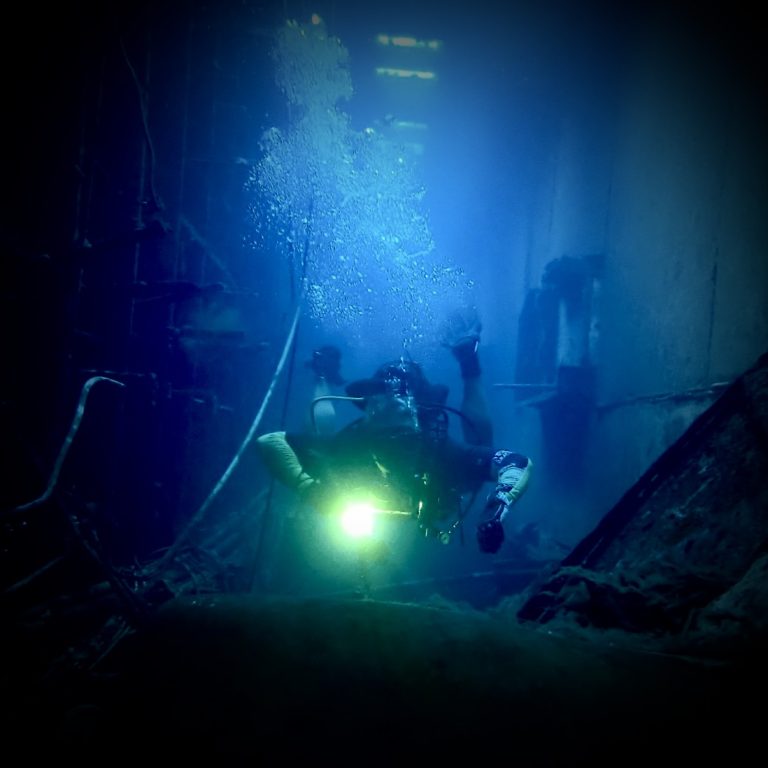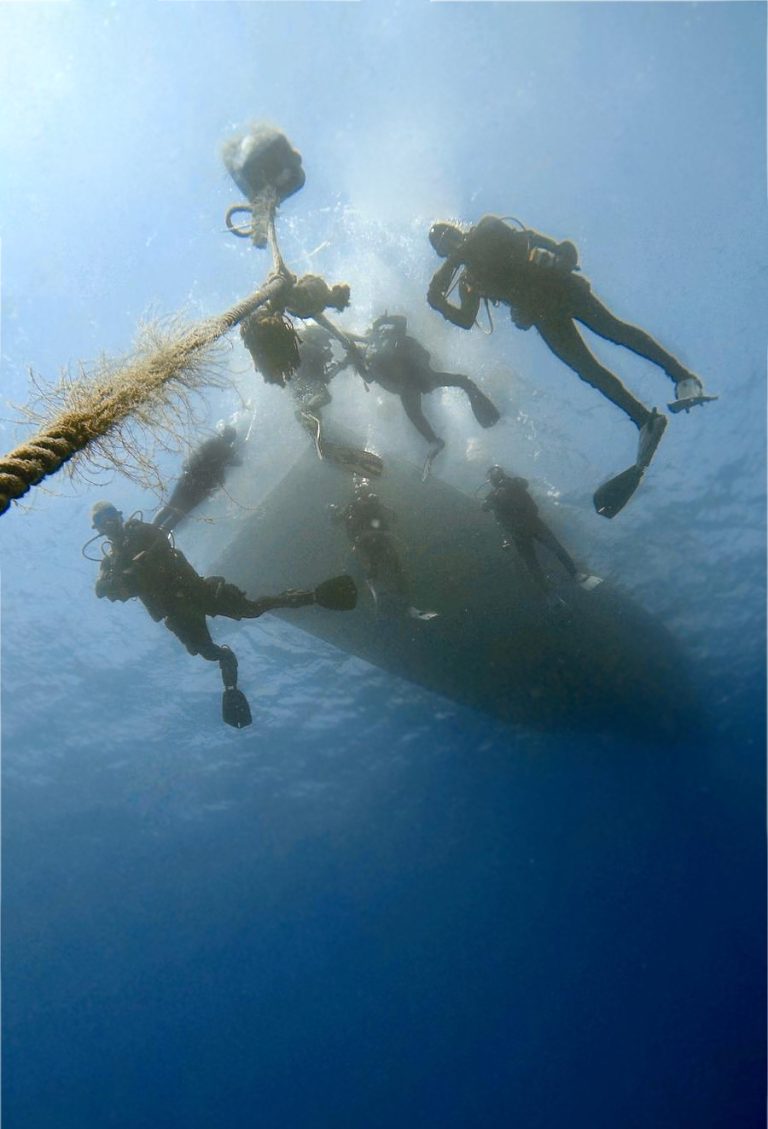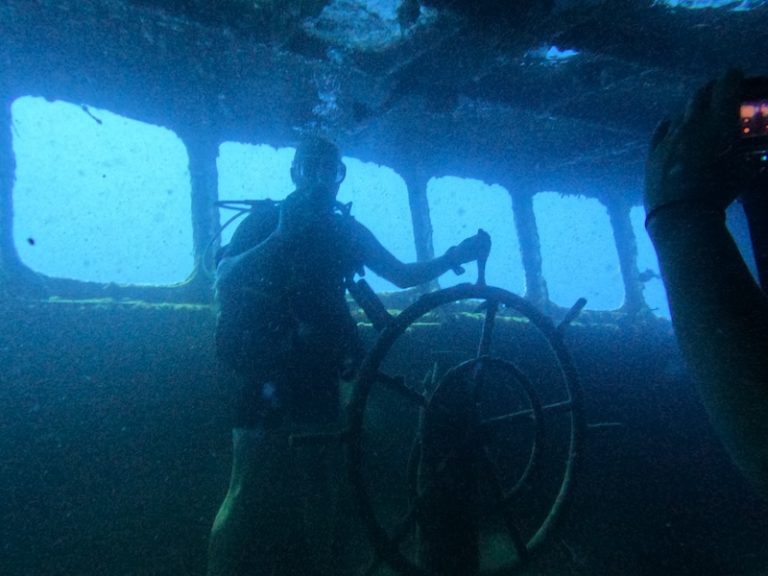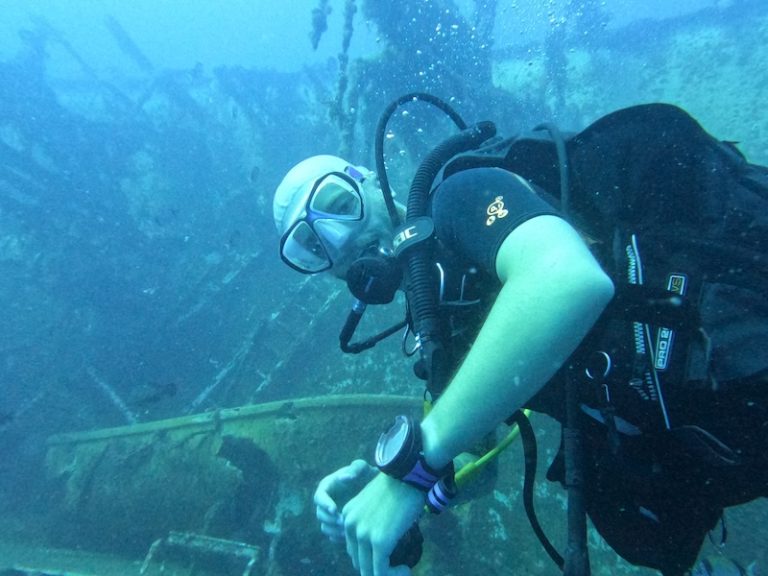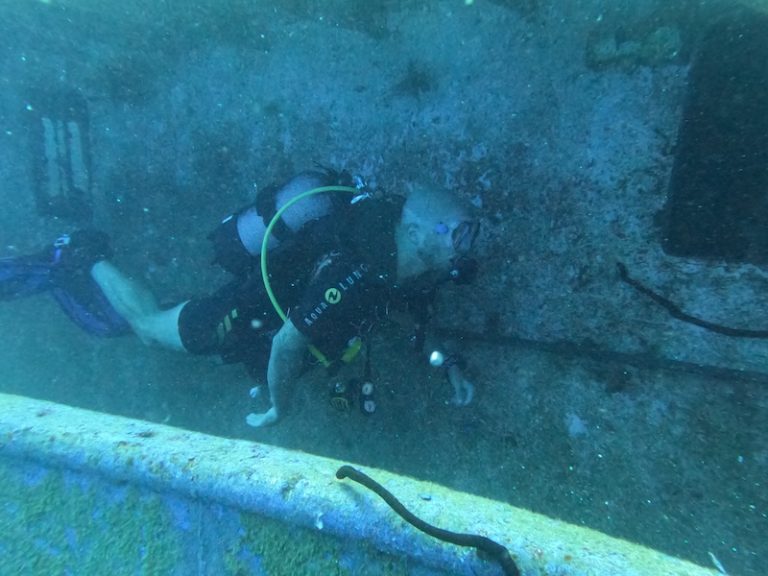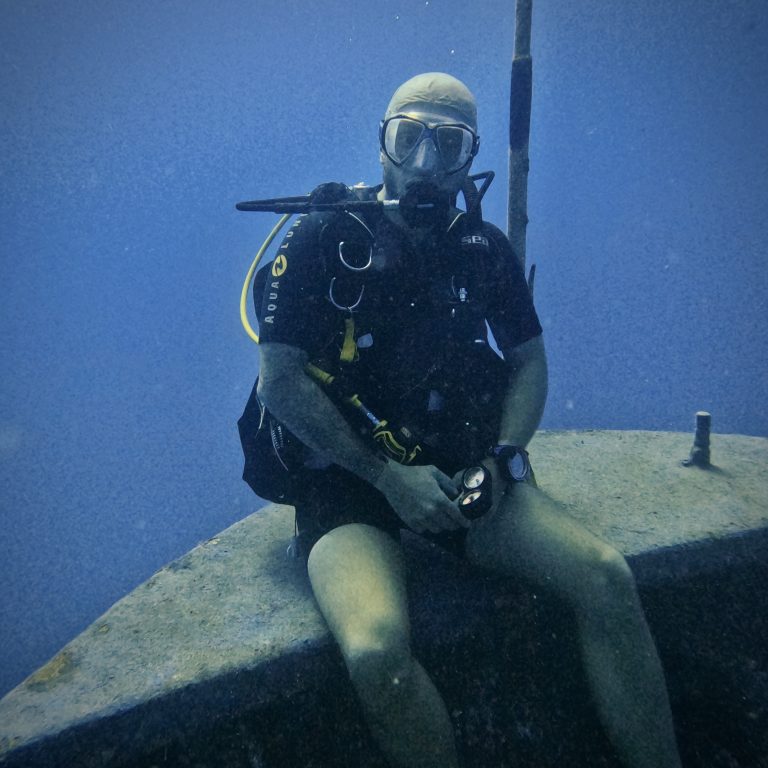
Dive Sites
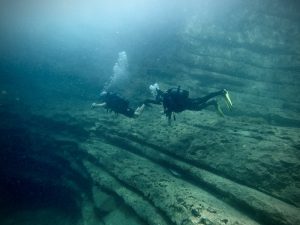
Church Bay/Amphitheatre
This location along the Paphos shore line provides access to two great dive sites, Church Bay (also known as Pistol Bay) and Amphitheatre.
Church Bay dive site is accessed by a rope rail that safely guides divers down the side of a cliff to enter the sea. A start that initially looks challenging is well worth it as the dive site is perfect for both beginners and seasoned divers alike. A gradual slope across boulders and canyons leads to a sandy bottom where a number of swim throughs can be found.
Around 100m away from Church Bay is the Amphitheatre dive site. The dive site takes its name from natural rock formations that resemble a traditional Amphitheatre. With a mostly flat, sandy surface, the site is perfect for beginners. Notable features include a couple of deep valleys and walls that provides interest with also some holes, arches and overhangs.
At both dive sites There is a moderate amount of marine life which can be spotted including bream, cuttlefish, grouper and pufferfish, along with schools of thousands of transparent sand smelt fish that look like masses of glittering glass in the water.
Make sure you bring towels and a change of clothes as the site can be a bit muddy.
Church Bay/Amphitheatre Read More »
